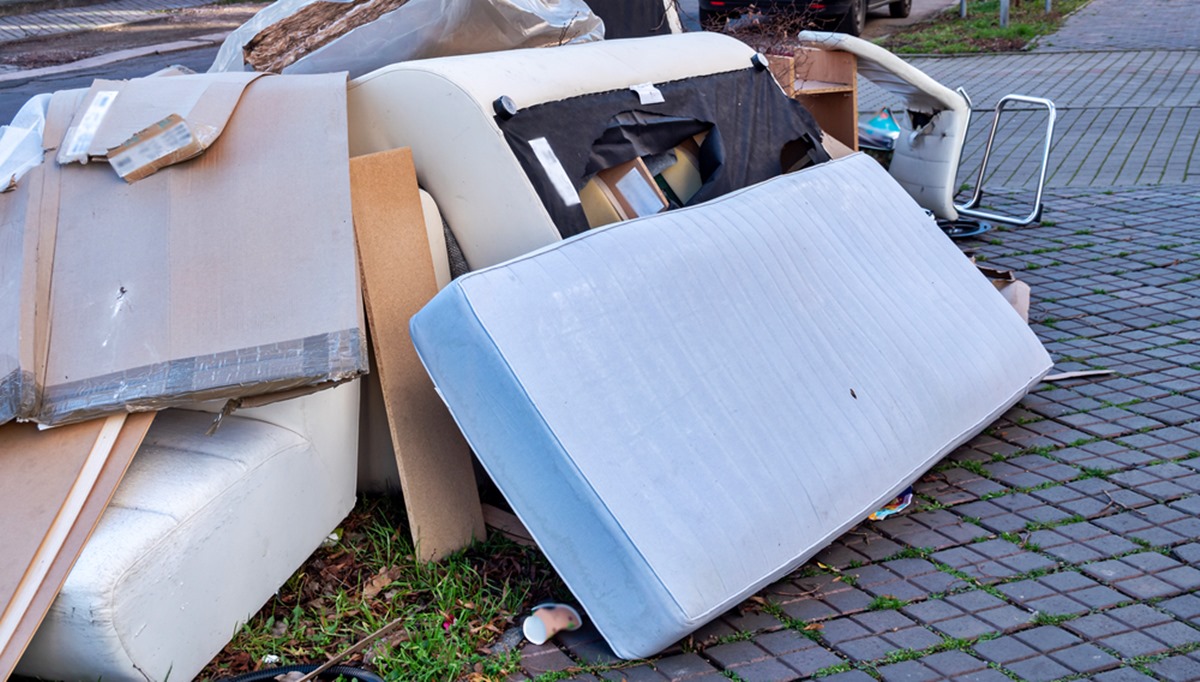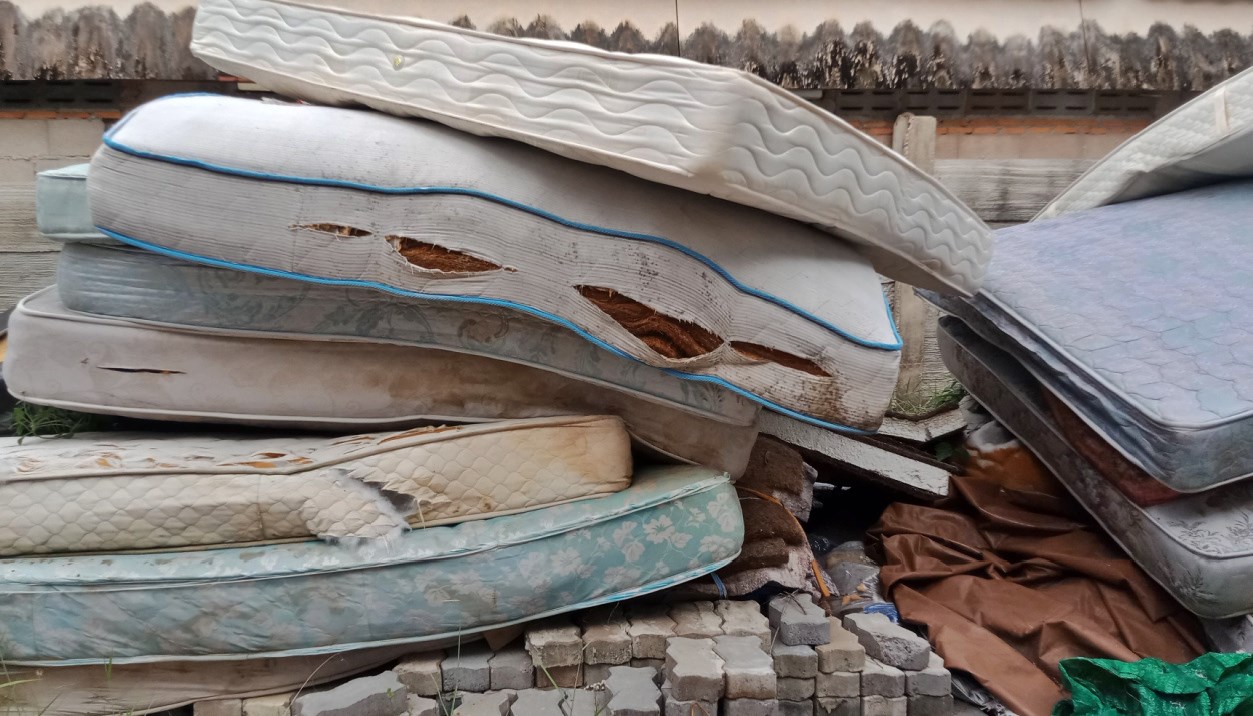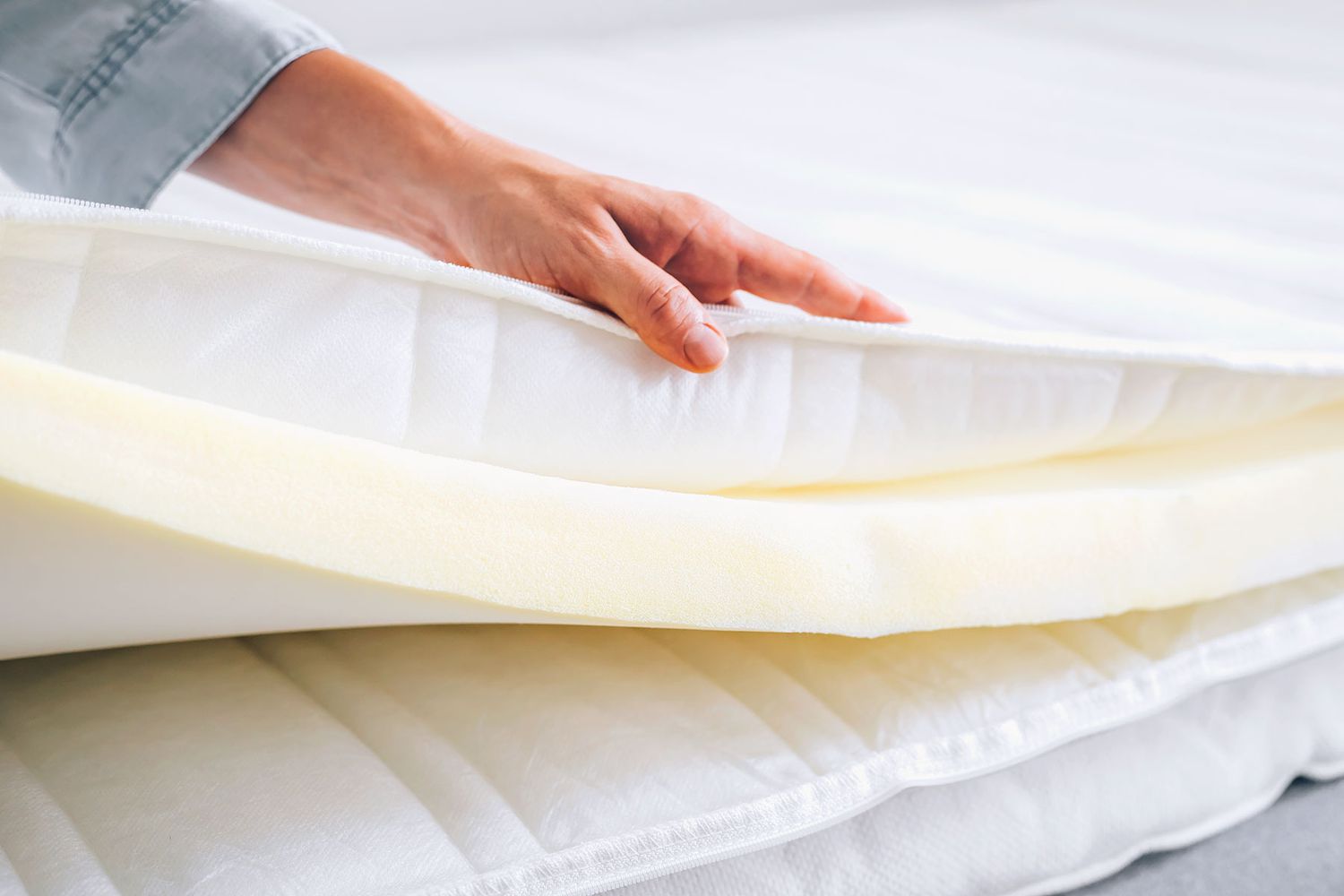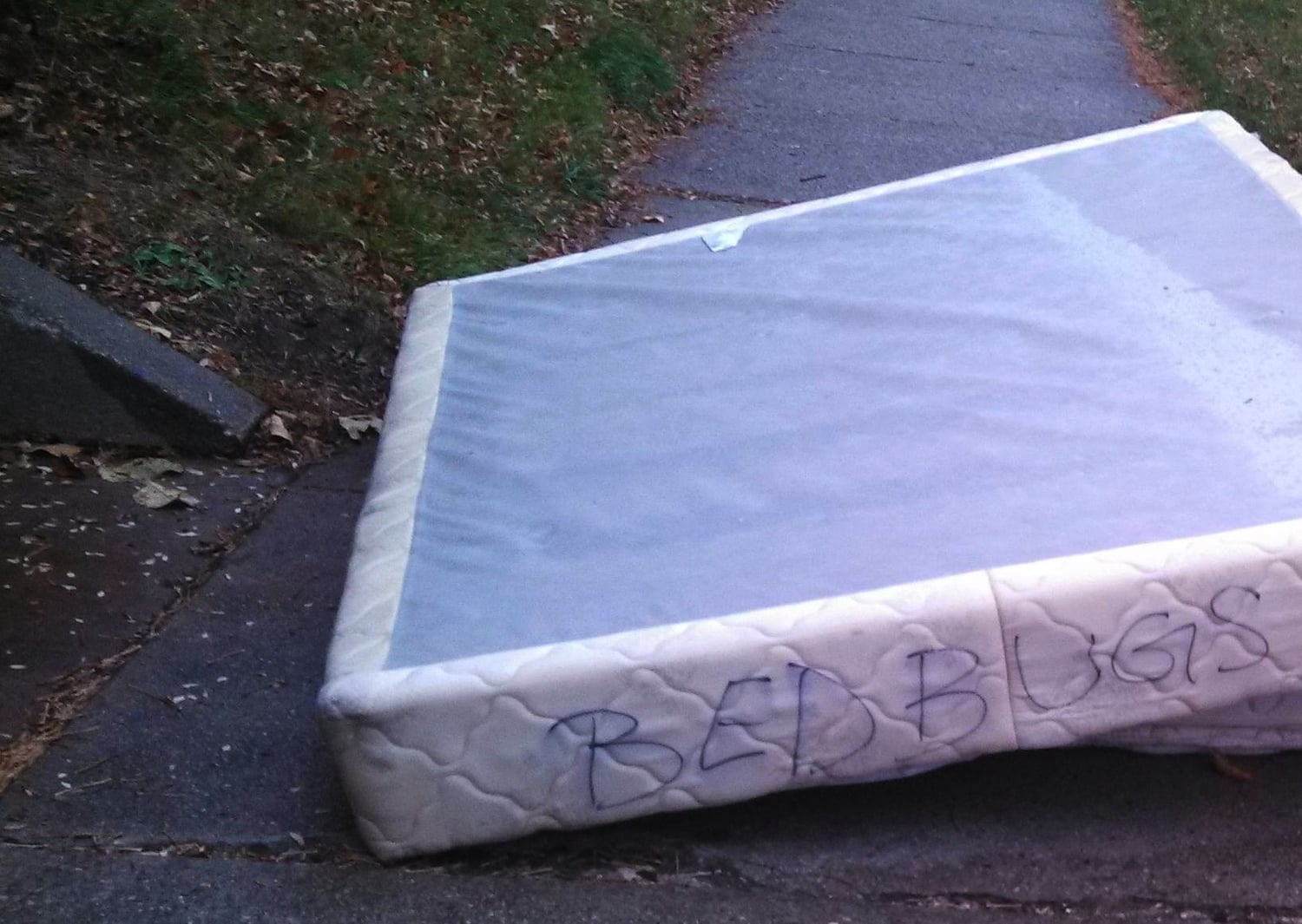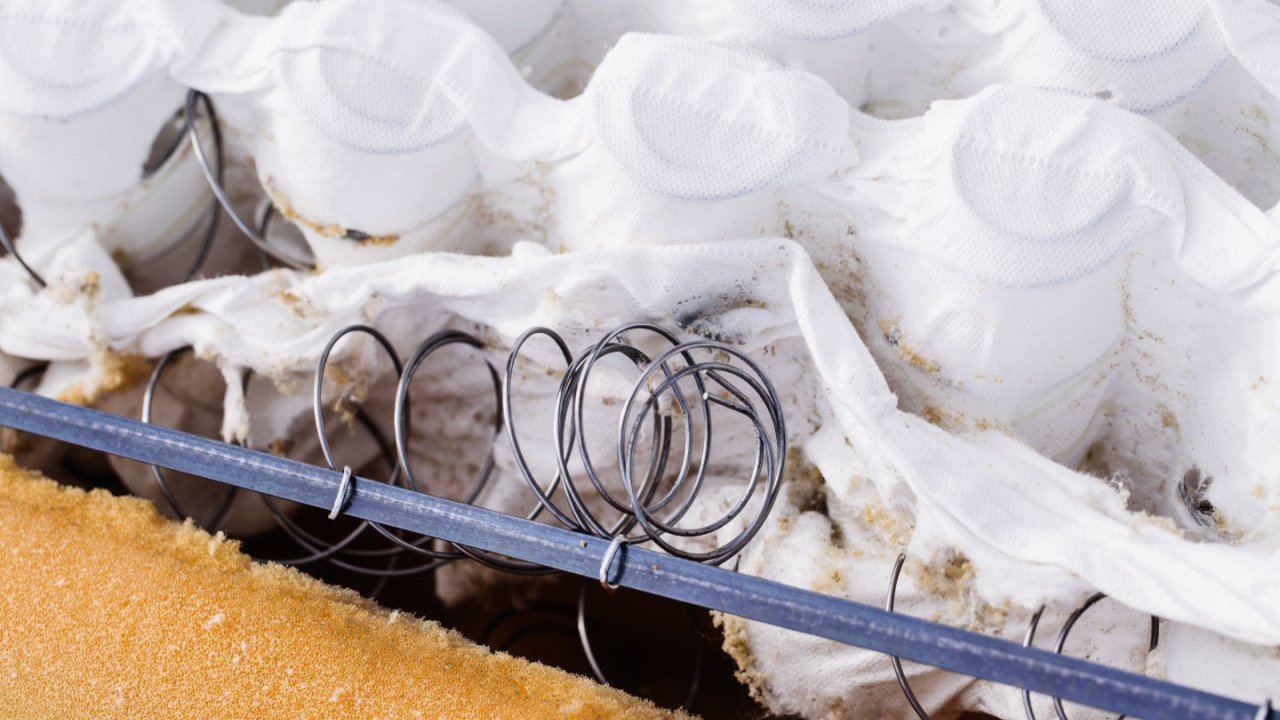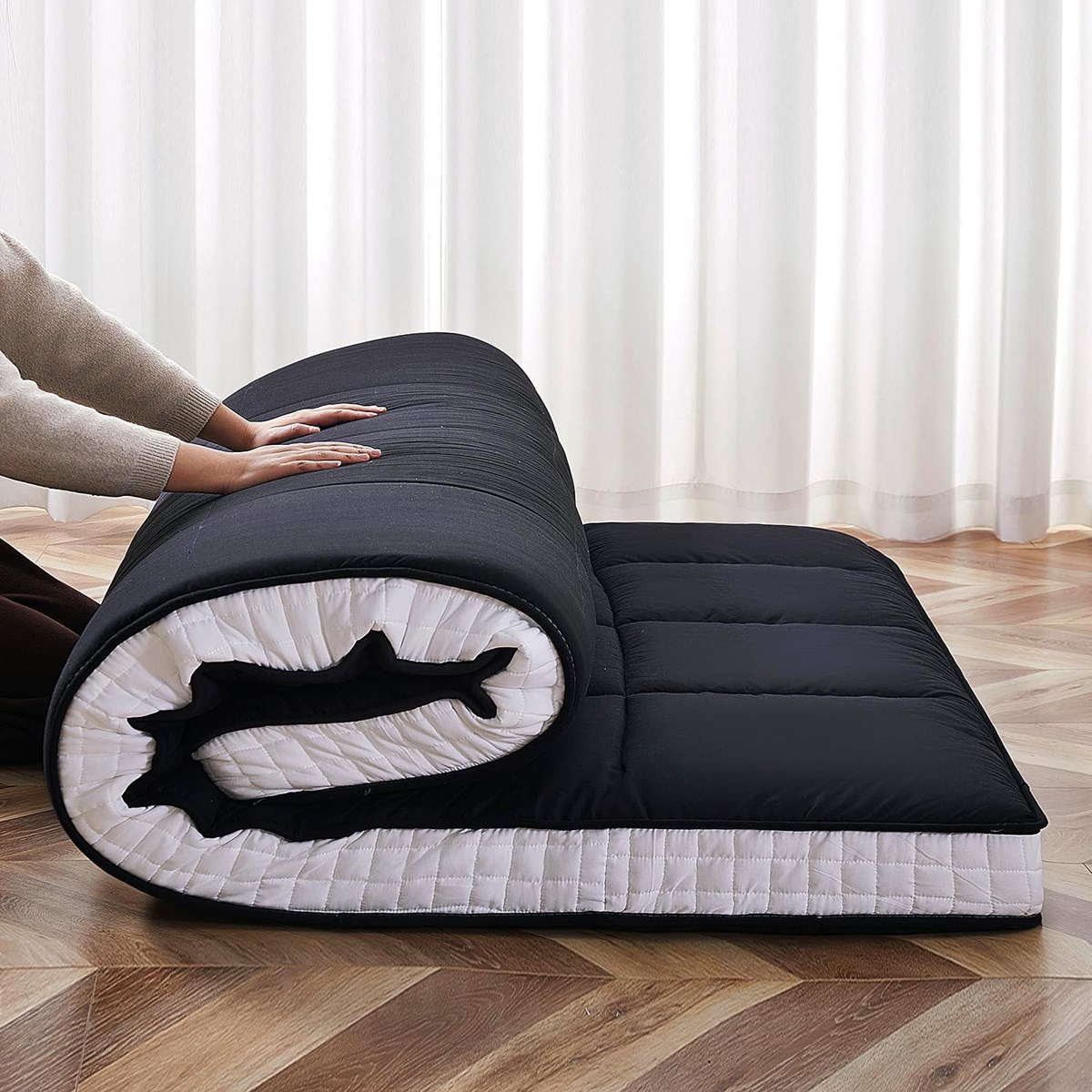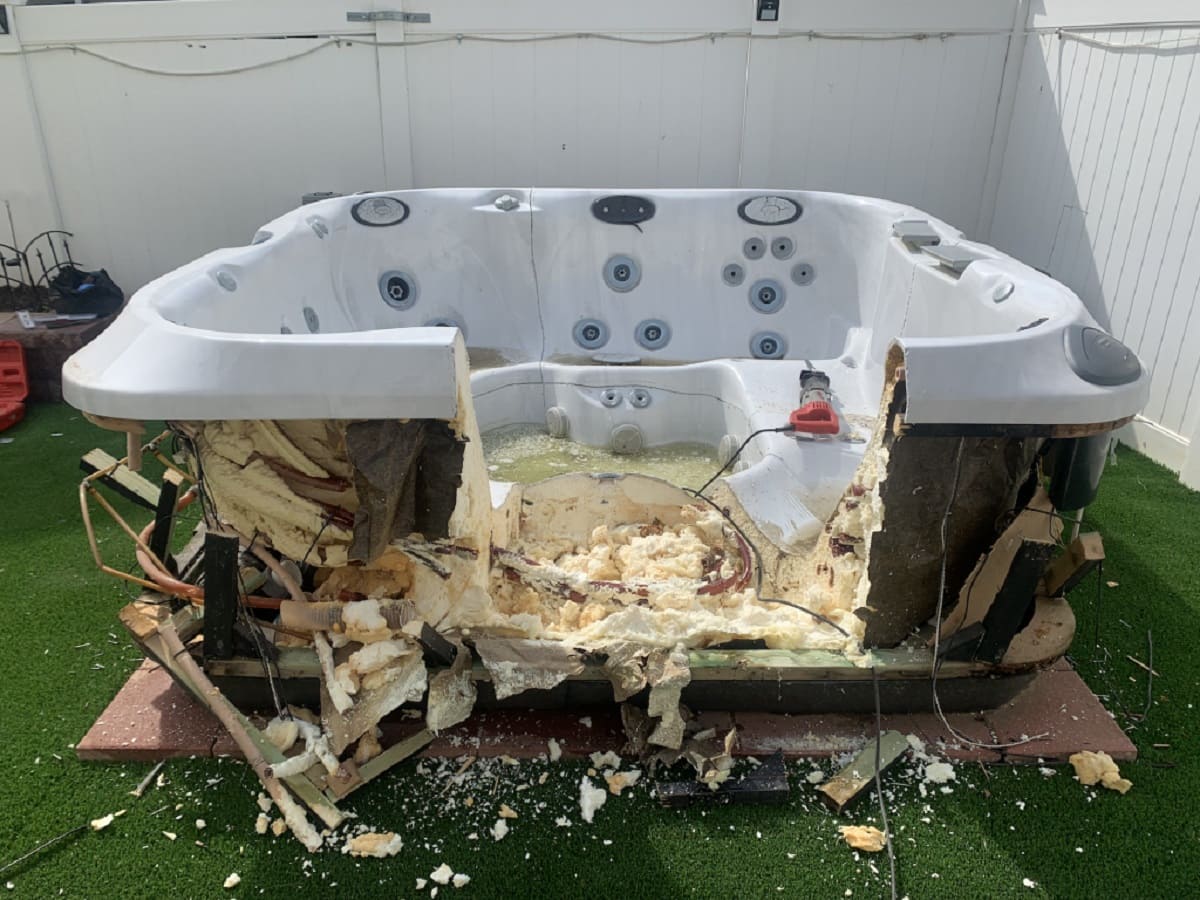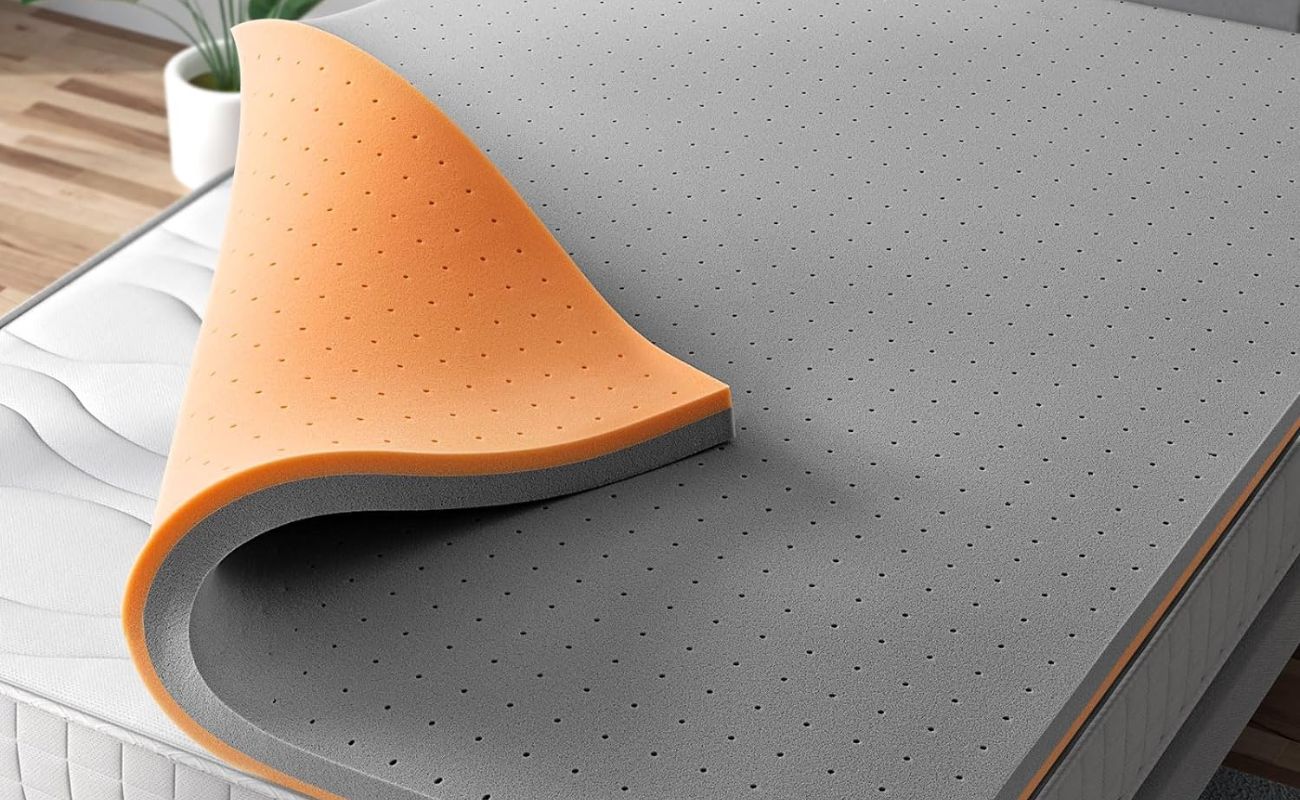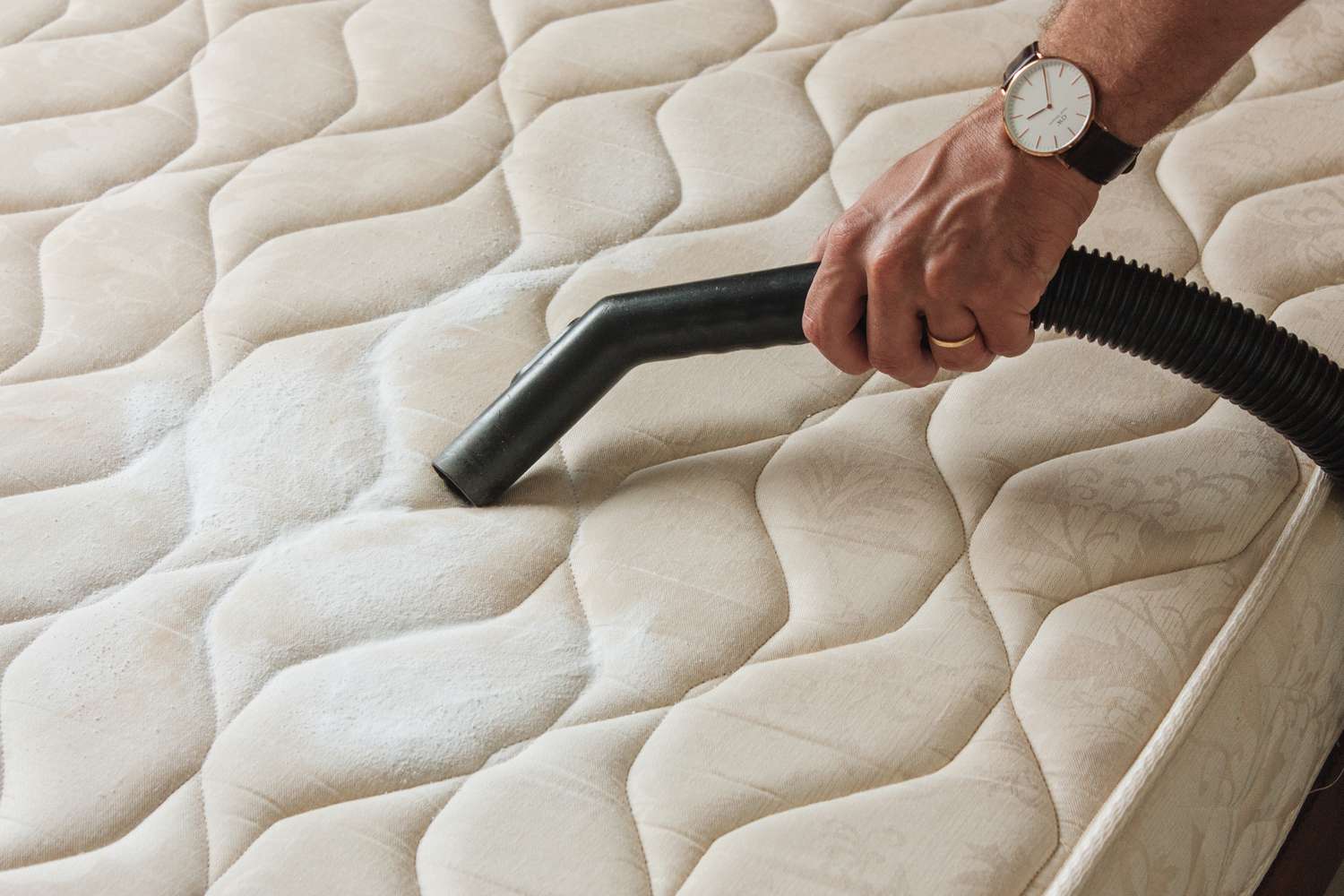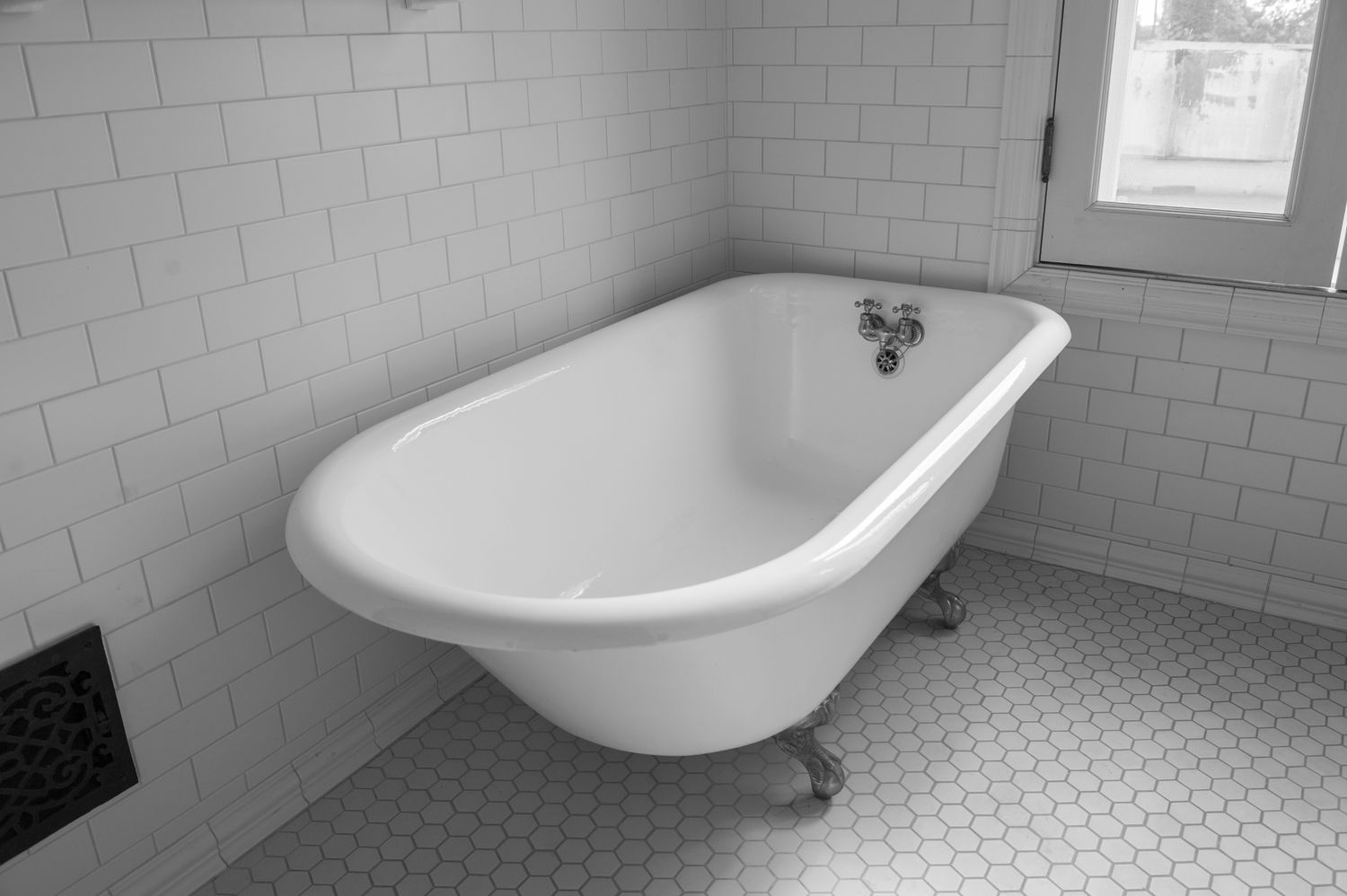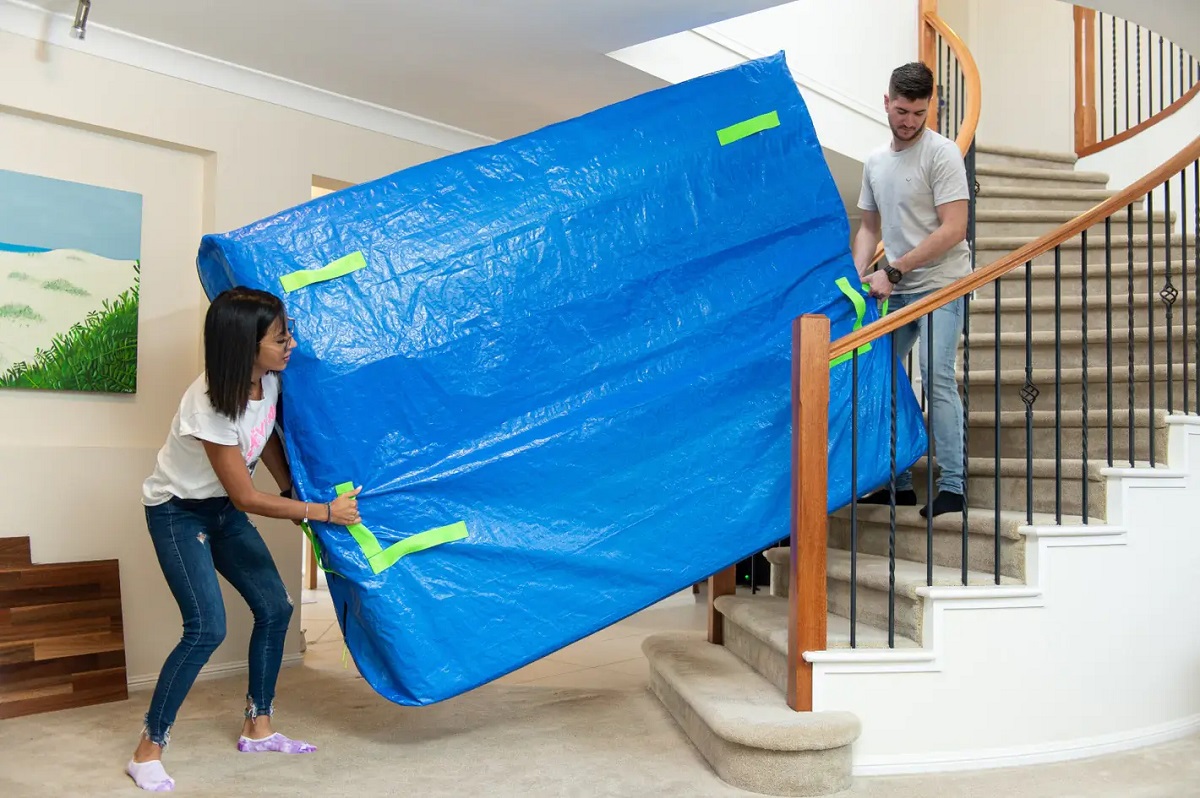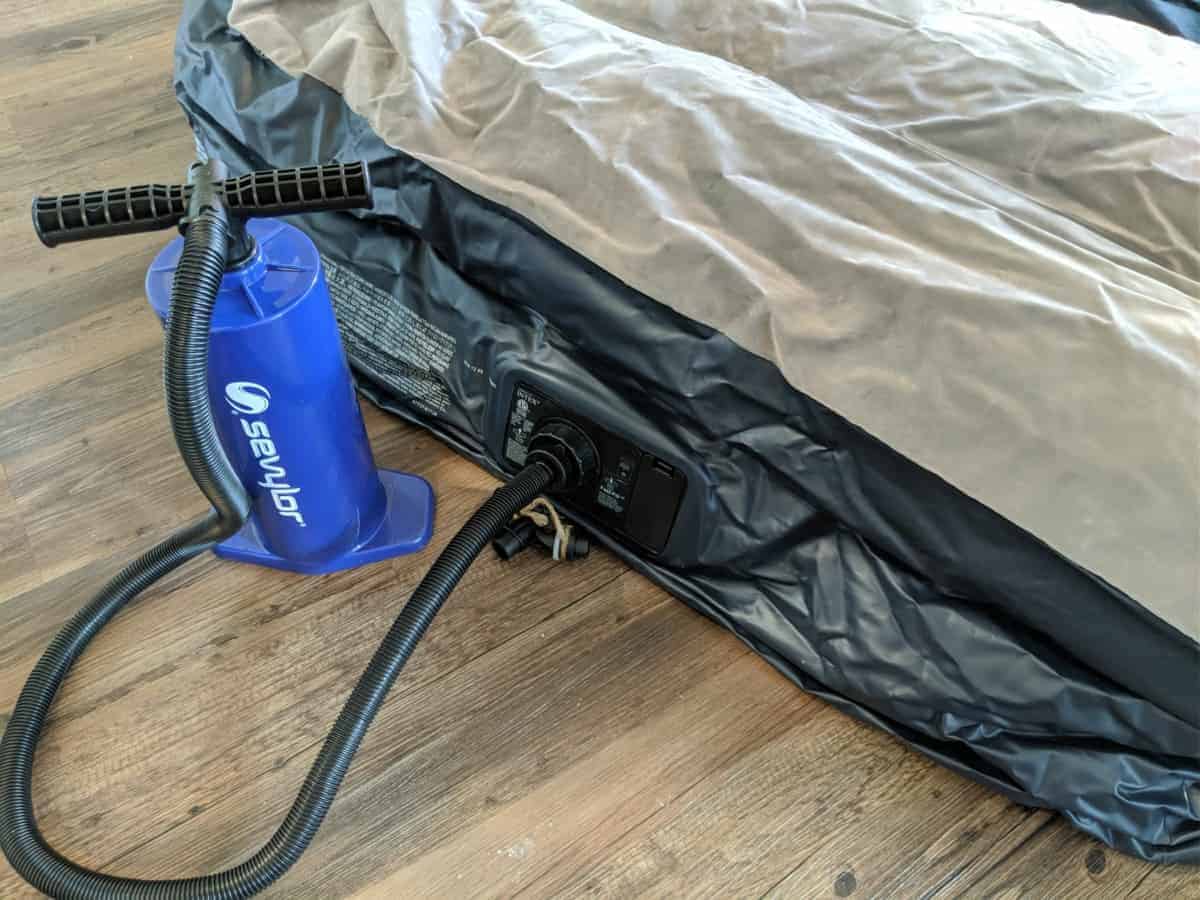Home>Furniture>Bedroom Furniture>How To Cut Up A Mattress For Disposal
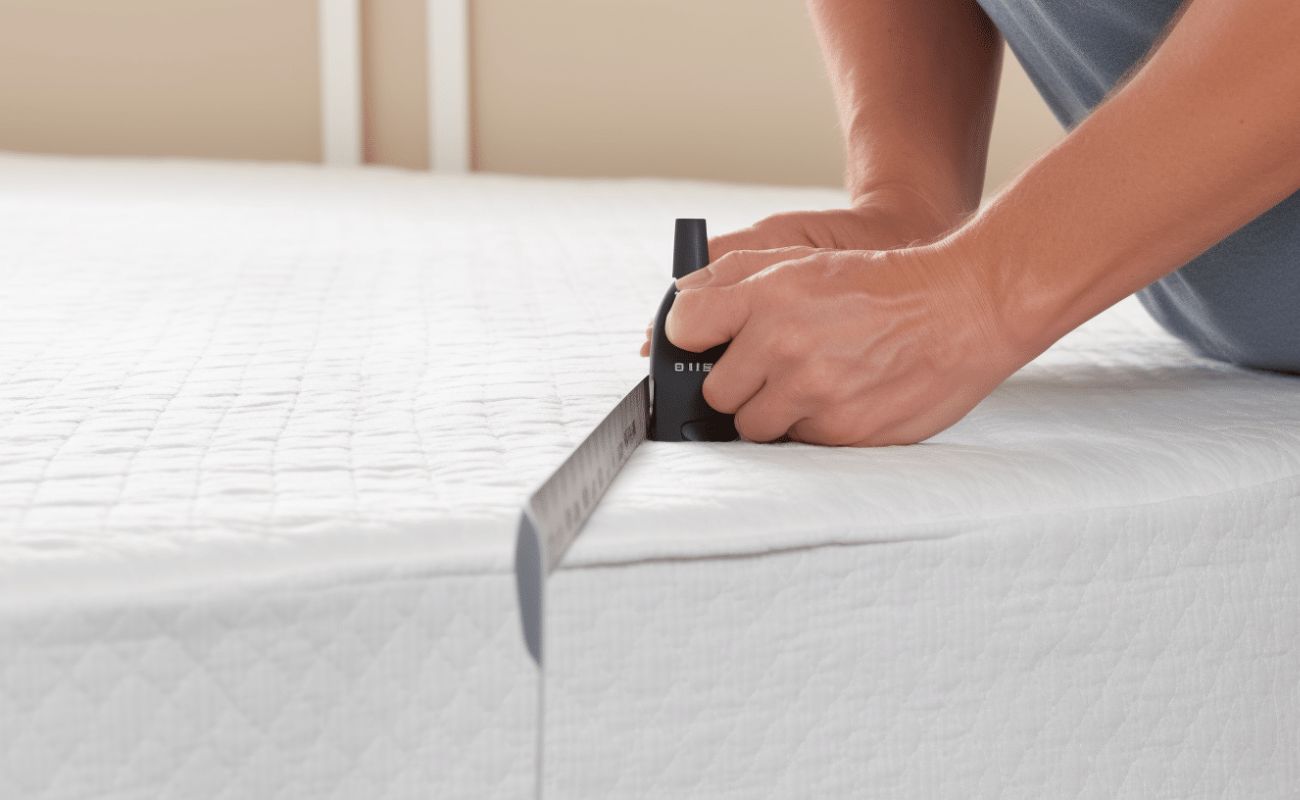

Bedroom Furniture
How To Cut Up A Mattress For Disposal
Modified: August 23, 2024
Learn how to properly dispose of a mattress in your bedroom. Follow our step-by-step guide on cutting up a mattress for convenient and responsible disposal.
(Many of the links in this article redirect to a specific reviewed product. Your purchase of these products through affiliate links helps to generate commission for Storables.com, at no extra cost. Learn more)
Introduction:
————–
Introduction
When it comes to disposing of old mattresses, it can be quite a challenge. They are large, bulky, and can’t simply be thrown in the trash. However, with the right tools and a bit of know-how, you can easily cut up a mattress for disposal. In this article, we will guide you through the step-by-step process of cutting up a mattress, ensuring a smooth and hassle-free disposal.
Disposing of a mattress properly is not only important for the environment but also for your own safety. By cutting it up before disposal, you can reduce its size and make it easier to transport. But before you start, make sure you have the necessary tools on hand.
Key Takeaways:
- Easily cut up and dispose of old mattresses by following a step-by-step process. Gather the necessary tools, remove bedding, cut into manageable sections, and dispose of responsibly for a clutter-free bedroom and a cleaner environment.
- Prioritize proper disposal methods such as recycling, donation, or curbside pickup to minimize negative environmental impact. By cutting up and disposing of old mattresses responsibly, you contribute to reducing waste and promoting sustainability.
Read more: How To Cut Up A Carpet For Disposal
Step 1: Gather necessary tools
Before you begin cutting up your mattress, it’s important to gather all the necessary tools. Here’s a list of items you’ll need:
- Utility knife or box cutter: This will be used to make precise cuts through the mattress layers.
- Scissors: You may need scissors to remove any fabric or stitching that is holding the mattress together.
- Protective gloves: It’s important to wear gloves to protect your hands from any sharp edges or debris.
- Eye protection: Safety goggles or glasses can shield your eyes from flying particles as you cut through the mattress.
- Dust mask: Cutting into a mattress can release dust and particles, so wearing a mask will help protect your lungs.
- Tarp or plastic sheet: Placing a tarp or plastic sheet under the mattress while cutting will help catch any loose debris.
- Trash bags or disposal containers: You’ll need something to collect and transport the sections of the cut-up mattress.
Once you have gathered all the necessary tools, you are ready to move on to the next step of the process.
Step 2: Remove any bedding or covers
Before you can start cutting your mattress, it’s important to remove all bedding and covers. This includes sheets, mattress protectors, and any other fabric that may be on the surface of the mattress.
Start by stripping away all the bedding and then carefully inspect the mattress for any attached covers or encasements. Some mattresses may have zippered covers that can be easily removed, while others may require some cutting or unraveling to detach.
Use your scissors or utility knife to carefully cut and remove any fabric or stitching holding the covers in place. Take your time to ensure you don’t accidentally damage the mattress or yourself during this process.
If you come across any stains or spills on the mattress, you may want to consider spot cleaning or using a mattress cleaner to remove them. However, keep in mind that certain cleaning methods may make the mattress heavier, so be cautious if weight is a concern during the disposal process.
Once all the bedding and covers have been removed, you can move on to the next step of cutting the mattress into manageable sections.
Step 3: Cut off the outer fabric layer
Now that the mattress is free from any bedding or covers, it’s time to tackle the outer fabric layer. This layer is typically made of a durable material that encases the inner foam or spring layers of the mattress.
Grab your utility knife or scissors and carefully make a small incision on one side of the mattress. Slowly cut along the seams, working your way around the mattress to completely separate the outer fabric layer.
Be cautious while cutting and avoid applying too much pressure, as you don’t want to damage the underlying layers. Take your time to ensure clean and even cuts along the seams.
Once you have fully cut off the outer fabric layer, set it aside. This fabric can be disposed of separately, or you may choose to repurpose it for other projects like crafts or upholstery.
With the outer fabric layer removed, you can now focus on cutting the mattress into manageable sections.
When cutting up a mattress for disposal, use a sharp utility knife to carefully cut through the fabric and foam layers. Be cautious of any metal springs or wires inside the mattress. Dispose of the pieces in accordance with local waste disposal regulations.
Step 4: Cut the mattress into manageable sections
Now that you have removed the outer fabric layer, it’s time to cut the mattress into smaller, more manageable sections. This will make it easier to transport and dispose of properly.
Using your utility knife or scissors, start by making a straight cut across the length or width of the mattress, depending on your preference. This will divide the mattress into two halves.
Next, you can continue cutting each half into smaller sections. It’s best to aim for sections that are around 2 to 3 feet wide. This will make it easier to handle and fit into trash bags or disposal containers.
As you make your cuts, be mindful of any internal springs or foam layers. These may require more effort to cut through, so use caution and take your time to ensure a clean and safe cutting process.
Consider the weight and size of the sections as you cut. If the sections become too heavy or cumbersome, you can further divide them into smaller pieces for easier handling.
Place each cut section onto the tarp or plastic sheet to prevent any debris from getting on the ground. This will make cleanup much easier once you have finished cutting the entire mattress.
With the mattress now cut into manageable sections, you are ready for the final step of disposing the mattress pieces properly.
Read more: How To Dispose Of A Mattress
Step 5: Dispose of the mattress pieces appropriately
Now that you have successfully cut your mattress into manageable sections, it’s crucial to dispose of the pieces responsibly. Improper disposal can harm the environment and local waste management systems.
Here are some options for disposing of the mattress pieces:
- Recycling: Check with your local recycling centers or waste management facilities to see if they accept mattresses for recycling. Some centers may have specific guidelines on how mattresses should be prepared and transported, so be sure to follow their instructions.
- Donation: If your mattress is still in decent condition, consider donating it to a local charity or organization. Many organizations accept mattress donations for those in need. However, check the donation requirements and guidelines of each organization before making your donation.
- Curbside pickup: Inquire with your local waste management company to see if they provide curbside pickup for large items like mattresses. They may have specific guidelines on how to prepare the mattress for pickup, such as wrapping it in plastic or scheduling a special pickup date.
- Junk removal services: If none of the above options are available or feasible, you can contact a professional junk removal service. They can help you dispose of the mattress pieces in an environmentally friendly manner. Research and choose a reputable service that adheres to proper disposal practices.
It’s important to note that landfill disposal should be the last resort, as mattresses take up significant space and do not decompose easily.
Make sure to clean up any remaining debris and discard it properly. Roll up the tarp or plastic sheet and dispose of it in accordance with your local waste management guidelines.
By disposing of your mattress pieces appropriately, you contribute to a cleaner environment and help reduce waste. Now you can enjoy a clutter-free space with the satisfaction of knowing you handled your mattress disposal responsibly.
Conclusion
Disposing of an old mattress can be a challenging task, but by following the step-by-step process of cutting it up for disposal, you can ensure a smooth and responsible transition. We started by gathering the necessary tools, including a utility knife, scissors, protective gloves, eye protection, and disposal containers. Removing any bedding or covers came next, ensuring a clean and bare surface to work with.
The next step involved cutting off the outer fabric layer, carefully navigating the seams to separate it from the inner layers. This allowed us to expose the core materials of the mattress. We then proceeded to cut the mattress into manageable sections, making it easier to transport and dispose of.
Finally, we explored various options for disposing of the mattress pieces appropriately, such as recycling, donation, curbside pickup, or contacting a junk removal service. These options help minimize the negative environmental impact and ensure responsible waste management.
By following these steps, you not only free up space in your living area but also contribute to reducing waste and promoting sustainability. Remember to always prioritize proper disposal methods and adhere to local regulations. With a little effort and the right approach, you can successfully cut up and dispose of an old mattress, leaving you with a clean and clutter-free bedroom.
So, gather your tools and start the process of cutting up your mattress for disposal. Your efforts will not only make mattress disposal easier but also play a vital role in preserving our environment for future generations.
Frequently Asked Questions about How To Cut Up A Mattress For Disposal
Was this page helpful?
At Storables.com, we guarantee accurate and reliable information. Our content, validated by Expert Board Contributors, is crafted following stringent Editorial Policies. We're committed to providing you with well-researched, expert-backed insights for all your informational needs.
